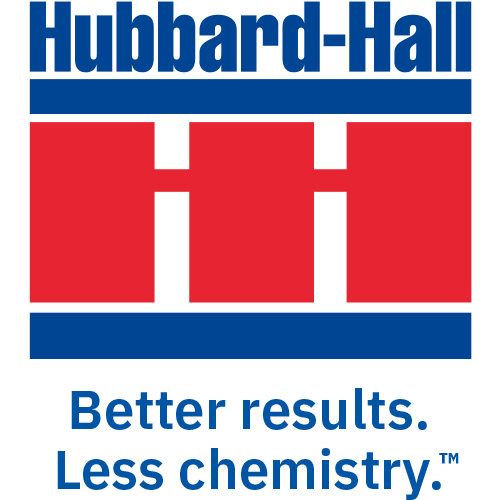In recent times, the industrial sector has faced a significant challenge due to the abrupt halt in the production of trichloroethylene (TCE), a versatile solvent widely employed in industrial cleaning and degreasing processes. This unforeseen disruption has compelled businesses to rethink their approach to solvent management and explore innovative solutions to address the scarcity.
Trichloroethylene has long been hailed as a workhorse in the industrial realm, demonstrating exceptional cleaning and degreasing capabilities. Despite its effectiveness, TCE is not known for being environmentally friendly, making it a complex chemical to work with. However, it has been a staple in industrial operations for generations.
October 2023, one of the largest TCE manufacturers decided to cease production, resulting in a 50% reduction in global supply. This sudden drop in availability triggered a surge in prices and a scramble for alternatives, forcing businesses to reevaluate their solvent choices and practices.
In the wake of the shortage, confusion arose as businesses began substituting one TCE product for another without understanding the crucial differences. Not all trichloroethylene is created equal, as it requires stabilization for proper functioning. Unstabilized variants, often sourced from Asia, posed a significant threat, as they could turn acidic under stress, leading to machine degradation and potential damage.
Recognizing the need for a strategic shift, industry players have pioneered the development of double-stabilized solvents. The objective is no longer to replace existing solvents but to equip businesses with the tools to maintain and stabilize their current supplies. This paradigm shift marks a departure from the traditional volume-based industry approach to a more sustainable and intelligent solvent management strategy.
With the scarcity of TCE in the market, businesses are urged to adopt a proactive stance. Rather than resorting to the conventional practice of dumping and refilling machines with fresh solvent, the emphasis is now on testing and ensuring the viability of the existing solvent. This allows for restabilization, extending the lifespan of the solvent and reducing the need for constant replenishment.
The trichloroethylene shortage has catalyzed a transformation in the industrial cleaning and degreasing landscape. Businesses are compelled to be more strategic and resourceful in their solvent management practices, prioritizing stability and sustainability over sheer volume. As the industry navigates this paradigm shift, collaboration, communication, and innovation will play pivotal roles in ensuring a resilient and efficient future for industrial cleaning processes.
For more information on this topic, listen to the full podcast episode, click here!







Leave a Reply